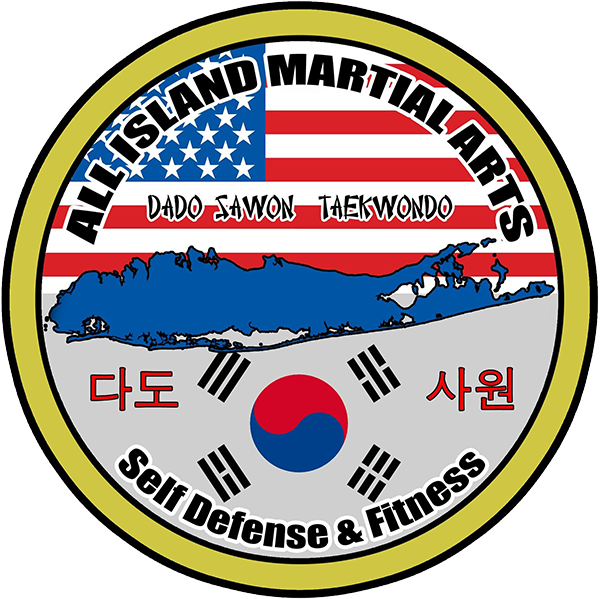Sidelined by an injury, feeling frustrated and demotivated. But with the right mindset and strategies, you can overcome even the toughest setbacks and stay on track with your training.
*The Importance of Listening to Your Body*
When you’re injured, it’s essential to listen to your body and take the time to rest and recover. Ignoring your symptoms or trying to push through the pain can lead to further injury, longer recovery times, and a higher risk of developing chronic conditions (1).
Instead, focus on giving your body the time and care it needs to heal. This might involve:
– Taking a break from training and focusing on rehabilitation exercises
– Modifying your training to avoid exacerbating the injury
– Seeking medical attention from a qualified doctor to address underlying issues
*Why Seeing a Medical Doctor is Crucial*
If you’re injured, it’s essential to see a medical doctor as soon as possible. Here are just a few reasons why:
– *Accurate diagnosis*: A medical doctor can provide an accurate diagnosis of your injury, which is crucial for developing an effective treatment plan (2).
– *Proper treatment*: A doctor can prescribe the proper treatment for your injury, including medication, physical therapy, or surgery (3).
– *Preventing further injury*: A doctor can help you identify the underlying causes of your injury and provide guidance on how to prevent further injury (4).
– *Returning to training safely*: A doctor can provide clearance for you to return to training, ensuring that you’re not putting yourself at risk for further injury (5).
*Staying Positive and Motivated*
It’s easy to get discouraged when you’re injured, but it’s essential to stay positive and motivated. Here are a few strategies to help you stay on track:
– Focus on the things you can control, like your attitude and your rehabilitation
– Set realistic goals for your recovery and celebrate small victories along the way
– Stay connected with your training community and seek support from instructors, training partners, and friends
*Finding Alternative Ways to Train*
Just because you’re injured doesn’t mean you can’t train. Here are a few alternative ways to stay active and engaged:
– Conditioning exercises, like cardio or strength training, to maintain your physical fitness
– Stretching or mobility exercises to maintain your flexibility and range of motion
– Mental training, like visualization or meditation, to stay focused and motivated
*Seeking Support*
Don’t be afraid to seek support from your instructors, training partners, or family and friends. Talking through your frustrations and getting encouragement from others can make a big difference.
*Setting Realistic Goals*
When you’re injured, it’s essential to set realistic goals for your recovery. Don’t try to rush back into training too quickly – instead, focus on making progress and celebrating small victories along the way.
*Conclusion*
Overcoming injury and staying motivated in your martial arts journey requires patience, persistence, and the right mindset. By listening to your body, seeking medical attention, staying positive, finding alternative ways to train, seeking support, and setting realistic goals, you can overcome even the toughest setbacks and achieve your martial arts goals.
At All Island Martial Arts, we’re committed to helping our students overcome injuries and stay motivated on their martial arts journey. If you’re struggling with an injury or need guidance on how to stay motivated, don’t hesitate to reach out to us.
*About Us*
All Island Martial Arts is dedicated to empowering individuals through martial arts training, self-defense, and personal development.
*References*
- American Academy of Orthopaedic Surgeons. (2020). Injury Prevention and Treatment.
- National Institute of Arthritis and Musculoskeletal and Skin Diseases. (2020). Sports Injuries.
- American College of Sports Medicine. (2020). ACSM’s Sports Medicine: A Comprehensive Review.
- Journal of Athletic Training. (2020). Injury Prevention and Management in Sports.
5. British Journal of Sports Medicine. (2020). Return to Play After Injury: A Review of the Litera





